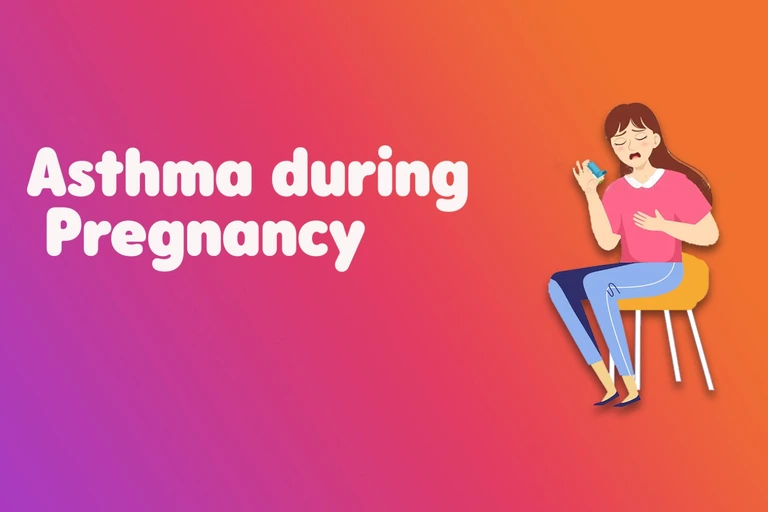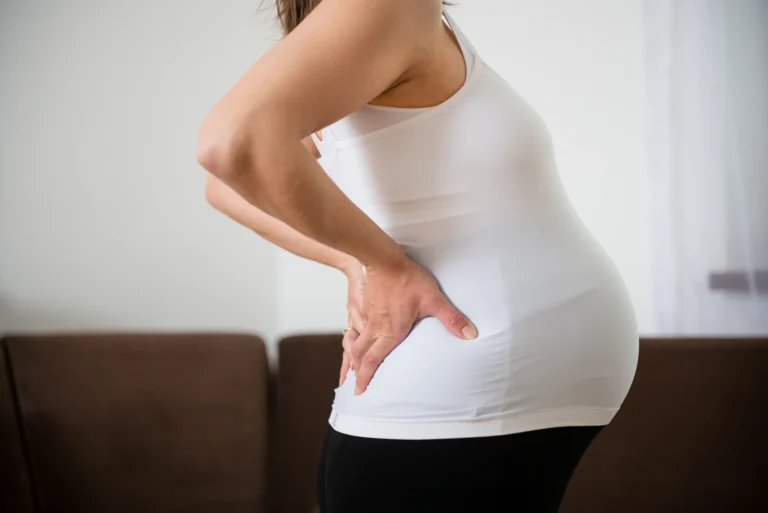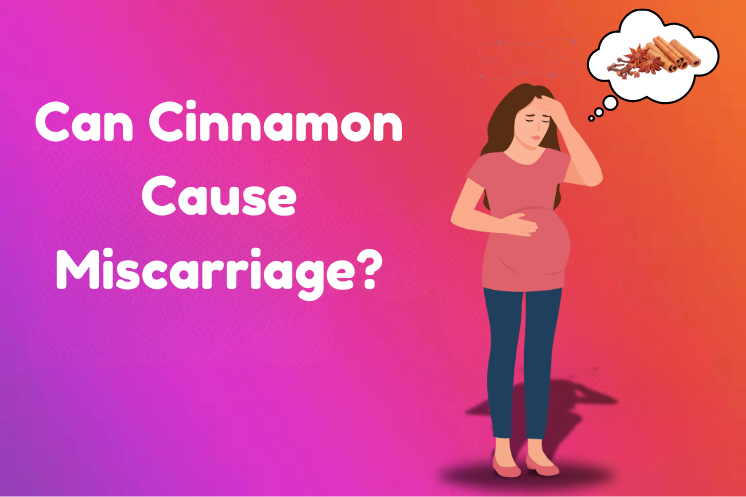A Complete Guide to Postpartum Physical Therapy and Recovery
You will know how postpartum physical therapy can help you recover and address pelvic floor dysfunction after childbirth in this post. After giving birth, a woman’s body undergoes significant changes and stresses, making postpartum physical therapy crucial for recovery. Physical therapy helps new mothers recover by addressing issues like pelvic floor dysfunction, diastasis recti, back pain, and more. Physical therapy is very beneficial for the physical recovery of a new mother.
What is Postpartum Physical Therapy?
Postpartum physical therapy involves working with a physical therapist to address physical changes that occur in a woman’s body during the postpartum period. This specialized form of treatment focuses on issues such as pelvic floor dysfunction, muscle weakness, and back pain that can arise after childbirth.
Many women experience symptoms like incontinence, pelvic pain, and urinary or prolapse due to changes in their bodies during pregnancy and postpartum. Through techniques such as manual therapy and mobilization, physical therapy can help address these pelvic floor issues and promote pelvic health.
Prenatal and physical therapy focuses on providing pregnancy care and postpartum physical care. This specialized form of physical therapy addresses the needs of women during both their prenatal and postpartum stages.
In addition to treating women’s health issues, this type of therapy can also help with musculoskeletal problems that may arise during pregnancy and postpartum. By addressing physical changes and supporting pelvic floor and abdominal recovery, physical therapy can help women regain strength and body function.
Why Postpartum Physical Therapy Matters
During pregnancy and childbirth, the body undergoes numerous physical and hormonal changes that can lead to issues. Physical therapists can help address spinal and pelvic alignment, body mechanics, and musculoskeletal imbalances that may arise during pregnancy.
By receiving physical therapy during pregnancy and continuing with physical therapy, women can optimize their recovery and regain their strength and function. Physical therapy typically begins around six weeks postpartum and may include pelvic floor physical therapy. These treatments can improve healing, reduce pain, and prevent long-term complications.
Physical therapy helps women navigate the “normal” discomforts that come with pregnancy and childbirth. By seeking physical therapy services early on, women can learn proper body mechanics and prevent further issues. Health physical therapists specialize in treating the unique needs of women during the trimester and into the postpartum period.
Pelvic floor physical therapy is a standard treatment option for women experiencing pelvic pain or dysfunction postpartum. Women need to know that they have physical therapy help readily available to them as they navigate the challenges of motherhood.
Common Postpartum Issues Addressed
New mothers have to face some issues about their physical appearance after giving birth to their babies. Here, you will find some common postpartum problems addressed.
Pelvic Floor Dysfunction
After childbirth, pelvic floor dysfunction is a prevalent problem. It happens when the pelvic floor muscles become weaker or injured, frequently due to the stress of pregnancy and childbirth. Urinary tract infections, pelvic discomfort, and collapse of the pelvic organs are possible symptoms.
Diastasis Recti
The separation of the abdominal muscles, known as diastasis recti, frequently occurs during pregnancy as the uterus grows. This illness may result in back pain, a prominent belly expansion, and a weakening of the core. The main goals of physical therapy are to strengthen the core and gently unite the divided muscles.
Back and Pelvic Pain
Because of the physical demands of pregnancy and the resulting changes in posture and body mechanics, back and pelvic discomfort are typical complaints among new mothers. Having a baby and lifting them can make these aches harsher.
Scar Tissue Management
Scar tissue care is crucial to postpartum healing for moms who had a C-section or who had perineal tears during vaginal birth. If scar tissue is not managed correctly, it can cause pain and limit movement.
After the birth of a baby, a woman has to face many problems, one of them is postpartum carpal tunnel syndrome. It is the wrist pain after the baby birth.
Benefits of Postpartum Physical Therapy
Postpartum physical therapy offers many benefits for new moms as they navigate the healing and recovery process after pregnancy and birth.
Improve the Health of the Pelvic Floor
Improving pelvic floor health is among the most significant advantages of postpartum physical therapy. The pelvic floor muscles can become weaker during pregnancy and childbirth, which can result in problems, including pelvic pain, urine incontinence, and even prolapse of the pelvic organs.
Kegel exercises are essential to physical therapy because they strengthen these muscles and aid in their return to normal function. This focused approach helps prevent long-term issues connected to pelvic floor dysfunction, which can significantly reduce symptoms and improve the quality of life for new moms.
Strengthening and stabilizing the core
Restoring stability and core strength requires physical therapy. It is the term for the stretching and possible separation of the abdominal muscles during pregnancy. Back pain and a weaker core may come from this.
Physical therapists provide safe, efficient workouts that focus on the core muscles, aiding the reconnection of divided muscles and restoring strength. For new mothers, a strong core improves posture, supports the spine and pelvis, lowers the chance of injury, and makes daily tasks more accessible and comfortable.
Pain Relief and Management
Physical therapy following childbirth has a crucial advantage in managing and relieving pain. The physical strain of labour and pregnancy often results in back, neck, and pelvic pain for new mothers.
Physical therapists employ various methods to reduce pain and increase mobility, such as manual therapy, focused exercises, and instruction in good body mechanics. Physical therapy is an effective way to treat pain so that new mothers can take care of their babies and go about their everyday lives without suffering.
Improved Core Strength and Body
Good posture and body mechanics are crucial for new moms who spend much time raising, carrying, and feeding their kids. Poor posture can cause musculoskeletal problems and persistent discomfort.
One aspect of postpartum physical therapy is teaching patients how to perform these exercises with proper body alignment and posture. Physical therapists instruct parents to prevent tension in their neck and back when raising, carrying, and feeding the child. Better posture prevents discomfort and improves general health.
Management of Damaged Tissue
Scar tissue care is a crucial part of recovery for moms who had a C-section or who had perineal tears during childbirth. If left untreated, scar tissue can become painful, limit movement, and result in bonds. Physical therapists can improve flexibility and lessen discomfort by softening and mobilizing scar tissue with treatments like massage and myofascial release. This method reduces the likelihood of long-term scar tissue-related problems and promotes faster scar healing.
Improved Engaging Movement
Pregnancy hormone changes and the physical trauma of childbirth can both impact joint mobility. Reduced joint mobility can affect daily activities by causing pain and limiting movement. The main goal of postpartum physical therapy is to restore joint mobility through focused exercises and manual therapy techniques.
Increased range of motion and flexibility from improved joint mobility facilitate comfortable movement and everyday duties for new mothers.
Complete Instruction and Guidance
New mothers who receive postpartum physical therapy receive essential guidance and assistance for their recovery process. Physical therapists advise on safe exercise treatments, healthy eating habits, and methods for handling typical postpartum problems.
This education fosters improved health and well-being by encouraging new moms to take charge of their well-being. The therapist’s assistance makes new moms feel knowledgeable and confident, facilitating a more easygoing and manageable postpartum phase.
FAQs
What is the goal of postpartum PT?
Postpartum therapy aims to minimize discomfort and restore functional movement. It facilitates a seamless transition to everyday activities and improves physical well-being in general.
What not to do during postpartum?
Postpartum care, a crucial aspect of pregnancy, involves professional guidance to ensure bony alignment and address any physical issues.
When should I see a PT postpartum?
The timing of a therapist’s appointment postpartum is crucial for addressing strength and mobility issues, ensuring a smooth and efficient recovery process.
When can I start physical therapy postpartum?
A healthcare provider provides physical therapy for postpartum recovery, ensuring strength regaining, posture improvement, and pain relief and tailoring a plan for optimal recovery.
Conclusion
This article explains postpartum physical therapy in great detail. It is crucial for the recovery of new mothers after childbirth. With the proper support, education, and exercises, new mothers can restore strength and confidently continue regular activities. Women who prioritize physical therapy can guarantee a faster and healthier recovery.







